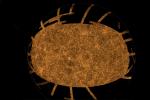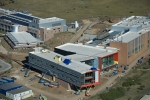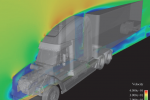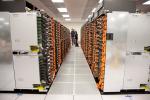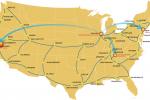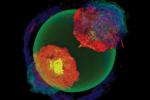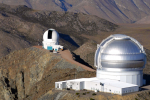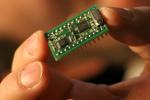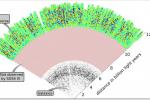
This is an image of one-third of the total area of the sky (14,000 square degrees) including 1.5 million galaxies as recorded by the Sloan Digital Sky Survey. Berkeley Lab’s National Energy Research Scientific Computing Center, which broke down data collected from a 2.5-meter telescope at Apache Point Observatory in New Mexico and built it up into the most accurate calculation yet made of everything in space and how it sticks together. Read more.
Researchers built a telescope at the South Pole, drilling more than a mile into the ice to detect the mysterious high-energy neutrinos.
Berkeley computers helped crunch the data to create the largest 3-D color map of the universe ever made.
With 48,000 nodes, 768 cores and 768 terabytes of memory, Mira will scream at some 10 petaflops per second and help scientists unlock the secrets of supernovae.
The calculation would have taken a single computer processor unit (CPU) 1,500 years to calculate -- but it took just a few months using the "BlueGene/P" supercomputer, which is designed to run continuously at one quadrillion calculations per second.
The Cray XT4 supercomputer at the Lawrence Berkeley National Laboratory’s National Energy Research Scientific Computing Center (NERSC) is helping to explain the froth of apparent "bubbles."

